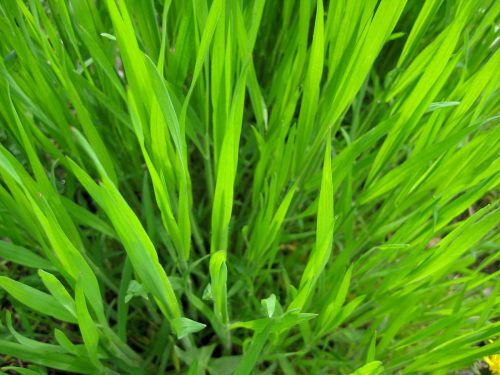The family of grasses includes cereal grasses, bamboo species, grasses found in natural grasslands and grasses for lawns and pastures.
You are viewing the mobile-adapted version of the page.
The one for tablets, laptop and desktop also provides general information, such as origin, toxicity and cultivation.
The family of grasses (Poaceae or Gramineae) includes cereal grasses (wheat, barley, etc.), bamboo species, grasses found in natural grasslands (steppes, savannas) and grasses for lawns and pastures.
Bugs
Brown spots in the grass, sod becomes loose and dries out: chafer grubs, larvae of the Summer Chafer, Welsh Chafer and the Common Cockchafer, among others.
Round bald spots in the grass: leatherjackets, larvae of the crane fly.
In autumn, damage (brown spots) to the lawn becomes apparent: larvae of the hawthorn fly (Bibio marci).
Fungi & diseases
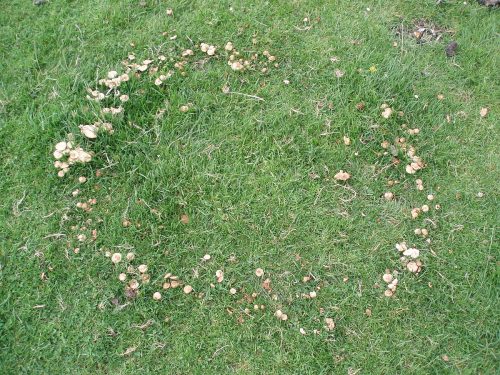
Circular discoloration, dead grass or reduced growth: Fairy Rings.
White, watery spots, later discoloring to yellow to brown: snow mold (Fusarium patch).
Red/brown spots with pink fungus: red thread (Laetisaria fuciformis).
Mildew and gray spots in the grass: powdery mildew (Erysiphe gramanis).
Brown or orange funguson grass blades: rust disease.
Fatty, watery brown spots: Pythium blight.
Other
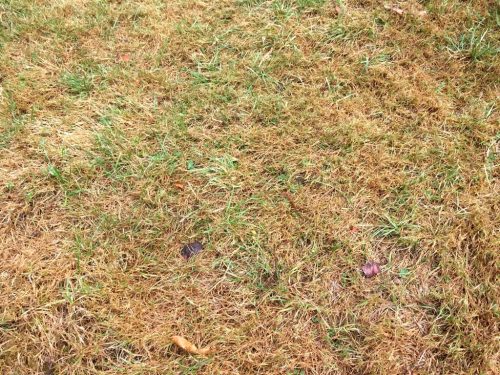
Grass is parched: drought damage. Over-fertilization can produce a similar result; the grass is not withered but burned.
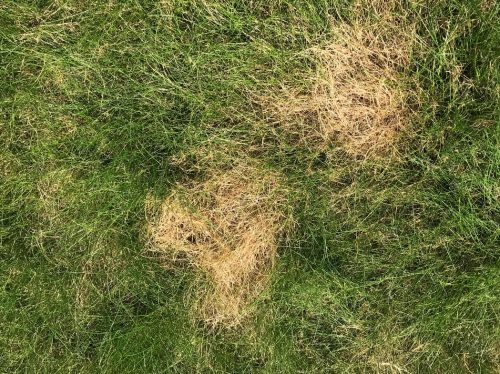
Brown, burned spots in the lawn: urine spots (dog) or spilled fuel from motor mower.

Lots of mosses in the ga
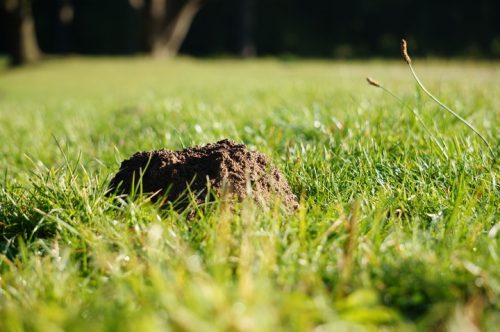
Molehills in the lawn: mole

